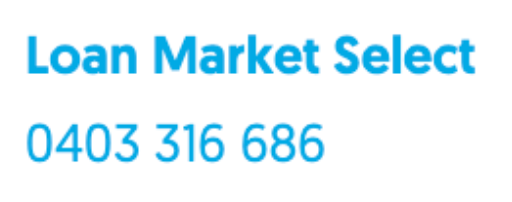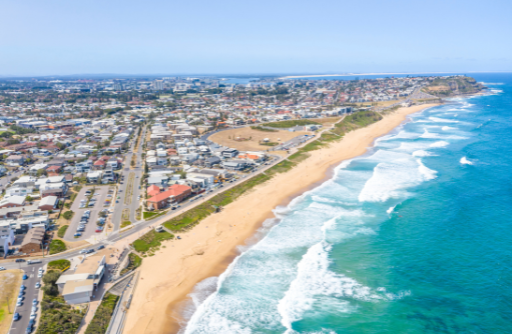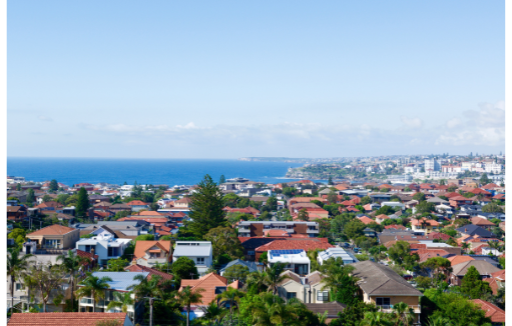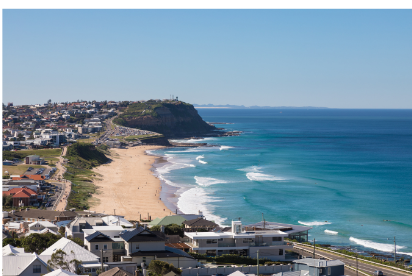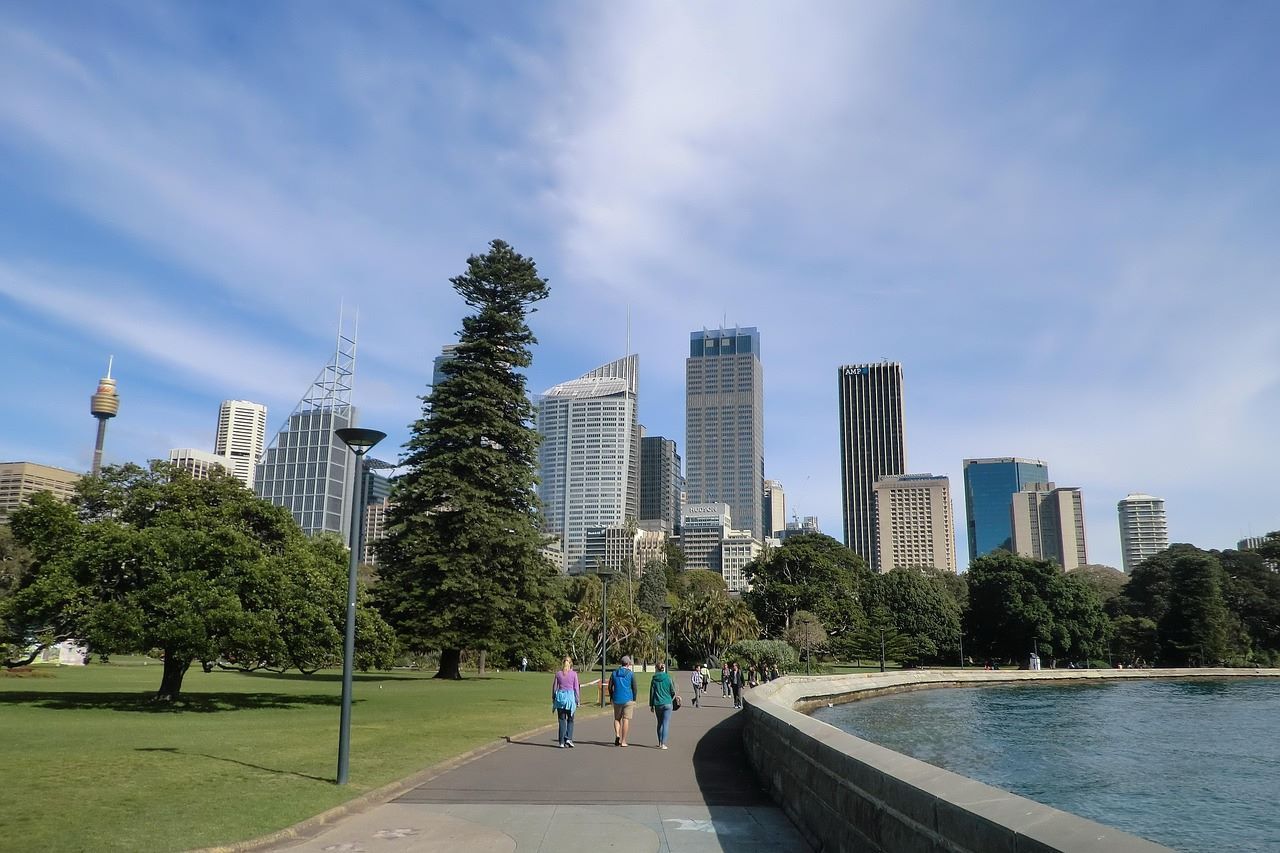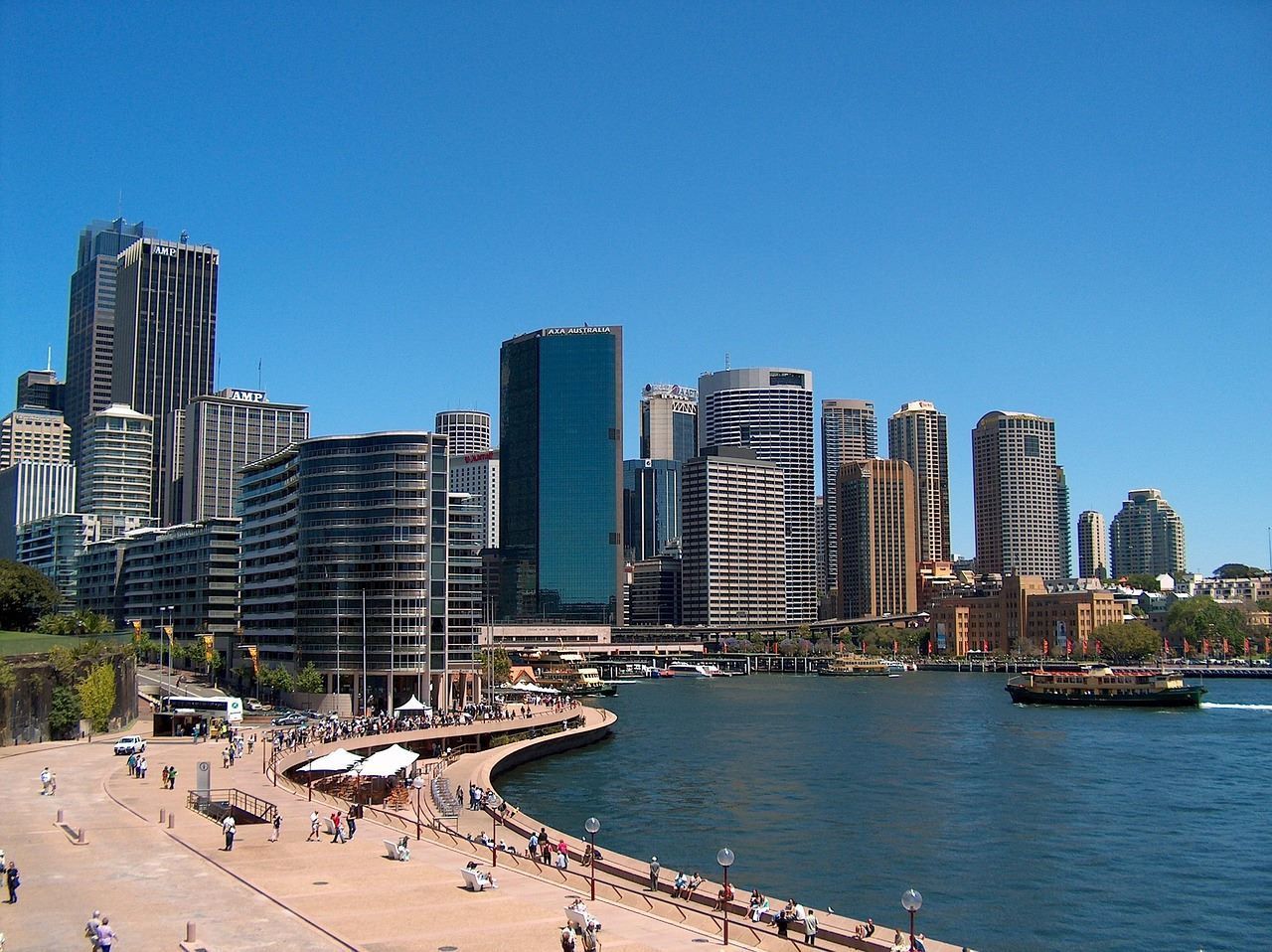Complete Guide to Home Loans for Aboriginals in Northern Beaches
Home loans for Aboriginals often come with unique challenges, making the path to homeownership more complicated. From strict eligibility criteria to limited financial resources, many Indigenous Australians face barriers that can feel overwhelming.
This is where mortgage brokers step in—offering tailored guidance, connecting Aboriginal applicants with suitable lenders, and helping them navigate complex loan options.
In this guide, we’ll explore everything Aboriginal Australians need to know about buying a home in Northern Beaches, including eligibility requirements, financial assistance, and the types of loans available.
Let’s dive into the essentials.
🏡 Need Home Loan help?
We've helped thousands of locals.
Just call us on 0403 316 686
Or visit our website homepage
What Are Home Loans for Aboriginals?
Home loans for Aboriginals are specialised financial products designed to make homeownership more accessible for Indigenous Australians.
These loans, often supported by programs like the Indigenous Business Australia (IBA) Home Ownership Program, offer flexible terms, reduced deposit requirements, and tailored support services.
Unlike standard home loans, these programs recognise the unique economic and social challenges faced by Aboriginal and Torres Strait Islander people, including lower average income levels and limited generational wealth.
Importance of Indigenous Home Ownership
Indigenous-specific home loan programs are crucial for supporting economic independence and stability within Aboriginal communities. Homeownership isn’t just about owning property—it’s about building long-term wealth, securing a stable environment for future generations, and fostering a stronger connection to place and community.
These loans help bridge the financial gap, empowering Aboriginal families to invest in their futures and reduce reliance on social housing or rental arrangements. Indigenous homeownership contributes to overall well-being, economic growth, and community pride, making these programs an essential part of promoting equity and inclusion in Australia.
Eligibility Criteria for Indigenous-Specific Home Loan Programs
To access Indigenous-specific home loan programs, Aboriginal Australians need to meet certain criteria, especially if they’re looking to buy property in New South Wales (NSW).
These requirements help ensure that assistance reaches those who need it most, promoting fair access to homeownership.
- Indigenous Status Verification: Applicants must provide documentation confirming their Aboriginal or Torres Strait Islander heritage, as recognised by Indigenous Business Australia (IBA) or other authorised bodies.
- Residency in New South Wales: Applicants should be Australian citizens residing in NSW, ideally with a stable history in the community where they plan to buy.
- Income and Employment: Most Indigenous-specific loan programs are aimed at low- to moderate-income households, meaning there is often an income threshold to qualify.
Applicants usually need to demonstrate stable employment and income history. This can vary, but for IBA’s home loans, the focus is often on helping those who might not qualify for a standard home loan through mainstream lenders.
- First-Time Buyer Requirement: Many Indigenous-specific programs, like the IBA Home Ownership Program, give priority to first-time homebuyers, making it easier for Aboriginal Australians to enter the housing market.
- Deposit Requirements: While IBA and similar programs may offer flexible deposit requirements, applicants are often encouraged to have some deposit savings.
A common threshold for IBA loans is a minimum of 5% of the purchase price, although this can vary depending on income and other eligibility factors. Indigenous-specific programs are generally designed to reduce deposit barriers, which is helpful for those with limited savings.
- Property Type Restrictions: Some Indigenous-specific loans, like those from IBA, have restrictions on the types of property you can buy. For instance, they may fund residential properties but not always investment properties. Certain programs might also prioritise properties intended for long-term residence rather than business purposes.
These criteria are aligned with the intent of most Indigenous home loan programs in NSW, including the IBA Home Ownership Program.
It’s worth noting that exact requirements may vary, so it’s always best to check directly with IBA or mortgage brokers to confirm current eligibility standards.
🏡 Need Home Loan help?
We've helped thousands of locals.
Just call us on 0403 316 686
Or visit our website homepage
Types of Home Loans Available for Aboriginals in Northern Beaches
Indigenous Australians in Northern Beaches and across New South Wales have access to specialised loan options and government grants that are designed to make homeownership more accessible.
These programs often feature flexible terms and reduced deposit requirements to help Indigenous Australians overcome traditional financial barriers.
Indigenous Business Australia (IBA) Indigenous Home Ownership Program
Indigenous Business Australia (IBA) offers the Indigenous Home Ownership Program, which is specifically designed for Aboriginal and Torres Strait Islander people. This program provides lower deposit requirements, longer loan terms, and lower interest rates compared to mainstream lenders.
It also offers financial coaching and support, helping Indigenous Australians achieve homeownership, especially if they are first-time buyers.
First Home Owner Grant (FHOG) in New South Wales
The NSW First Home Owner Grant provides a one-time grant of $10,000 for first-time homebuyers who are building or purchasing a brand new home valued up to $600,000 (or up to $750,000 for new builds on vacant land). This grant is open to all eligible first-time buyers, including Indigenous Australians, and helps reduce the initial purchase costs.
First Home Guarantee (formerly First Home Loan Deposit Scheme)
The First Home Guarantee is a federal government program that allows eligible first-time buyers to purchase a home with as little as a 5% deposit without paying Lenders Mortgage Insurance (LMI). Limited spots are allocated annually, and the scheme is available to Indigenous Australians who meet the income and property value requirements.
This can make a big difference for first-time Indigenous homebuyers struggling with deposit requirements.
Family Home Guarantee
This Family Home Guarantee federal program is designed specifically for single parents, including Indigenous Australians, allowing them to purchase a home with a 2% deposit without needing to pay LMI. It supports single-parent Indigenous households who may not otherwise have the savings for a larger deposit, making homeownership more achievable.
Low Deposit Loans
Certain banks and lenders work with Indigenous-specific programs or have tailored low-deposit loans for Indigenous Australians. These loans are structured to require smaller upfront deposits (often starting at around 5%), allowing Aboriginal Australians to enter the property market with a lower initial financial burden.
NSW Stamp Duty Concessions for First Home Buyers
In New South Wales, first-time homebuyers may be eligible for a full or partial exemption from stamp duty for properties valued under certain thresholds.
For example, first-home buyers can receive full exemptions on new and existing homes valued up to $650,000 and partial concessions for homes valued between $650,000 and $800,000. Indigenous Australians buying their first home can benefit from these concessions, reducing overall purchase costs.
These loan options and grants provide valuable assistance to Indigenous Australians looking to buy a home in New South Wales. By taking advantage of these programs, Aboriginal people can reduce upfront costs and access financing options tailored to their needs.
It’s always recommended to check with official sources, like Indigenous Business Australia (IBA), the Australian Government’s National Housing Finance and Investment Corporation (NHFIC), or the New South Wales Revenue Office, to confirm the latest eligibility details and program availability, as these may change periodically.
For a more personalised mortgage experience, working with an experienced mortgage broker is always a great option.
Ready to apply? Next, let’s go through the step-by-step process of applying for these home loans.
Step-by-Step Guide to the Indigenous-Specific Home Loan Application Process
Securing a standard home loan with comparison rates can be a complex journey, but breaking it down is helpful. Here’s a quick guide to help Aboriginal people navigate the loan application stage with any housing authority:
- Check Initial Eligibility
You should verify if you meet the eligibility criteria for the initial credit management review process. That includes Aboriginal and Indigenous status, income households level, savings history, credit reference checks, and residency. - Gather Required Documents
Collect important paperwork like identification, income proof, zero unsatisfactory credit history reports, and documents related to deposit savings or equity contribution. - Submit an
Expression of Interest (EOI)
Many programs require an EOI submission to start the formal loan application from a housing authority with a good introductory interest rate. - Apply for the Loan
Complete the loan application with accurate representation of your annual income, credit report, and property valuation information. - Receive Loan Approval
After approval, review the loan terms of your chosen housing authority, introductory rate, and any Incremental Rate details. You may be required to contribute additional deposit funds or meet other equity requirements.
Northern Beaches Property Market in 2024: What It Looks Like for Aboriginals Seeking Homeownership
The Northern Beaches property market remains strong in 2024, with median house prices around $2 million and units at about $1 million (Domain). While high, these prices reflect the area’s appeal, offering Aboriginal Australians a community with excellent infrastructure, job opportunities, and long-term potential.
For Aboriginal buyers, Northern Beaches is ideal due to support from community housing organisations and initiatives like IBA’s Remote Indigenous Home Loan, which provides flexible loan finance and helps manage loan repayments. Programs like these align with land tenure reforms and encourage Indigenous homeownership, creating positive long-term outcomes.
As per Australian Economic Statistics, steady growth in this market makes it a valuable investment for Aboriginal Australians ready to navigate the high costs with targeted support (IBA).
How to Maximise Borrowing Power for Indigenous-Specific Mortgages
For Indigenous Australians, maximising borrowing power is crucial for meeting dedicated home ownership targets and achieving long-term housing stability.
Here are some practical tips to increase your borrowing capacity and improve your chances of qualifying for an Indigenous-specific mortgage.
- Ensure Stable Household Income
A consistent household income is essential to meet loan requirements. Financial institutions assess income stability, particularly for income customers, to determine eligibility for larger loan amounts. - Build a Strong Credit Profile
Minimising debt on credit cards and maintaining positive repayment histories on loan accounts strengthens your credit standing. This can improve initial eligibility and make you a more appealing candidate under the IBA Indigenous Home Ownership Program Policy. - Save for a Higher Deposit Threshold
Saving towards a higher deposit threshold can increase borrowing power and improve loan terms. With a substantial deposit, you may have access to better rates, helping you meet requirements for customers under Indigenous-specific programs. - Explore Shared Ownership Loan Options
Some programs offer a shared ownership loan structure, where the lender owns a portion of the property with the buyer. This arrangement can lower upfront costs and is especially beneficial for Indigenous communities looking to ease into homeownership. - Leverage a Combination of Grants
Applying for a combination of grants and other financial grants available for Indigenous home buyers can reduce the amount you need to borrow. These grants can assist with initial costs, helping you achieve positive Indigenous home ownership outcomes. - Make Additional Repayments
If possible, make additional repayments on any existing loans to reduce your debt-to-income ratio. This can improve your financial profile and is beneficial for applicants with active loans or a high percentage of loans relative to their income. - Consider Basic Home Loans or Construction Loans
Indigenous Australians can benefit from basic home loans or construction loans tailored to meet the needs of remote communities. These options often come with fewer fees and lower rates, making them ideal for those transitioning from public housing to homeownership. - Develop a Clear Implementation Plan
Work with a financial advisor to create an implementation plan that includes clear savings goals and realistic budgeting. Lenders value accurate assessments of financial readiness, and a strong plan shows commitment to the ownership journey. - Understand Contracts of Sale and Administrative Costs
When preparing for homeownership, it’s important to understand contracts of sale and all administrative costs involved. Being well-informed about these details demonstrates preparedness and helps ensure a smooth property settlement process. - Maintain Respectful Relationships with Lenders
Building respectful relationships with lenders and understanding their requirements for customers can make the process smoother. Familiarising yourself with the lender’s dedicated home ownership targets and loan conditions can enhance your application as an Indigenous person.
🏡 Need Home Loan help?
We've helped thousands of locals.
Just call us on 0403 316 686
Or visit our website homepage
FAQs
What is the minimum deposit required for an IBA Home Loan?
The IBA Home Loan program typically requires a minimum deposit of around 5% of the property purchase price, though this can vary based on loan requirements and the applicant's financial situation. Eligible applicants can access flexible loan terms, reducing upfront financial barriers on their ownership journey.
Are there specific loan options for Aboriginal Australians to buy community-titled land?
Yes, some programs, like the IBA Home Loan, support purchases on community-titled land, which can help Indigenous Australians secure properties with essential services in place. However, these loans may have unique loan requirements and administrative costs to consider.
Can I use an IBA Home Loan to buy a home in an affordable housing scheme?
Yes, the IBA Home Loan can be used for affordable housing purchases if it meets eligibility and minimum deposit requirements. This government-run loan program aims to support customer affordability and housing tenure for Aboriginal Australians.
What are the requirements for a good credit report when applying for a home loan?
Most major lenders and credit providers require a clean credit report with no recent defaults or significant debts. For Aboriginal applicants, programs like IBA may have more flexible credit requirements to help eligible applicants begin their ownership journey.
How does IBA handle property settlements and incidental costs?
IBA assists with property settlements and may cover certain incidental costs as part of the loan structure, helping reduce the financial burden on applicants. They aim to provide high quality of service delivery to support Indigenous Australians through the buying process.
How do current living costs and other expenses affect loan eligibility?
Current living costs, including housing tenure and other expenses, are factored into the loan eligibility assessment to determine customer affordability. Lenders evaluate aggregate loans, distribution of loans, and applicant stability to manage credit risk effectively and ensure responsible lending.
Do Aboriginals get low-interest loans?
Yes, Indigenous Australians may access low-interest loans through programs like the IBA Home Loan, which often provides lower loan interest rates compared to mainstream lenders. These programs are designed to support customer affordability and make homeownership more accessible.
What interest rates do Aboriginals get?
Interest rates for Aboriginal home loans, especially through Indigenous Business Australia (IBA), are generally competitive and may include options like a variable rate to help manage costs. Rates are often lower than standard products, helping reduce monthly repayments for Indigenous homebuyers.
Do Aboriginals pay stamp duty when buying a house?
Yes, Aboriginal Australians are required to pay stamp duty, but stamp duty concessions may be available for eligible applicants purchasing their first home in New South Wales. These concessions can significantly reduce the property purchase price burden.
Conclusion: Start Your Journey Towards Homeownership in Northern Beaches
Achieving homeownership in Northern Beaches is a rewarding step towards stability, community, and financial independence for Aboriginal Australians.
If you’re ready to take the next step, reach out to
Mortgage Brokers Northern Beaches for expert guidance tailored to your needs. Call
0403 316 686 or visit
Mortgage Brokers Northern Beaches to get started on your homeownership journey today!

Need home loan help?
Simply contact our experts today, we can help.
CONTACT US
We're Mortgage Brokers Northern Beaches, your local brokers and part of the Loan Market Select team in North Sydney.
You can find our local office here:
1303/213 Miller St, North Sydney NSW 2060
FOLLOW US
HANDY LINKS
All Rights Reserved. SEO by Copyburst
